Belgische Ringslager
The Belgium Ringbater pigeons – also known by names: Belgischer Ringschläger, Ringschläger Belga, Бельгийский кольцебойный – is an ancient race from Belgium, mainly developed in Aalst and Brabant, beginning in the late 18th century. This variety is classified into the Ringbater pigeons type, and locally known as “Aalster” (meaning red-yellow).
02
The Belgian Ringbeater is a very old Flemish breed. As its name indicates, the Belgian Ringbeater belongs to the group of Ringbeater, ie the cock raises a ball game when he makes a hen the court. This ball game that is commonly called the ring battle game, looks like this: the cock courses several times to the hen and then flies at a height of 50 to 100 cm circles above this hen while he hits the wings loudly. Well ringing cocks repeat this game several times within a few minutes.
The ring road was unfortunately gone, but fortunately there are again some special breeders who breed this by incrossing with ‘primordial bearing breeds’ back in our Belgian Ringbeater. For the rest, the Belgian Ringbeater is a pigeon that likes to fly, very energetic and always on the go. They breed well, but like to argue with their (nest) neighbors.
The pigeon ringslager belge is a rather heavy pigeon with white feather fields and a pointed cap. The attitude has been established. The weight varies between 500 and 550 grams. The chest is broad, deep and well muscled, protruding. The back should be broad and full, the wings of average length and well closed to the body. The rear wings cover the back well. The tail is worn mid-length and in line with the back. Different color, depending on the color.
The head is large with a high forehead and with a rather long skull line. The forehead should be wide enough and not pinched. The eyes from yellow-orange to the yellow to orange-red on the other colors. Preference is given to broken eyes or a combination with a broken eye. The feathering is smooth. The pointed cap set high on the back of the head and in the neck turning into mane.
Recognized in red, red silver bar, black, blue with black bands, blue scratched, blue silver bar, yellow, yellow silver bar, gold and thin.
The white feather fields are: the sickle-shaped bib, at least the 6 largest flight feathers and the plumes at the bottom of the chest, the belly, the thighs, the legs, the tailbone and the tail. In the red a slight rust strike in the tail is allowed. The black, blue, blue-scratched, blue silver-barred and dark-colored have a colored tail.
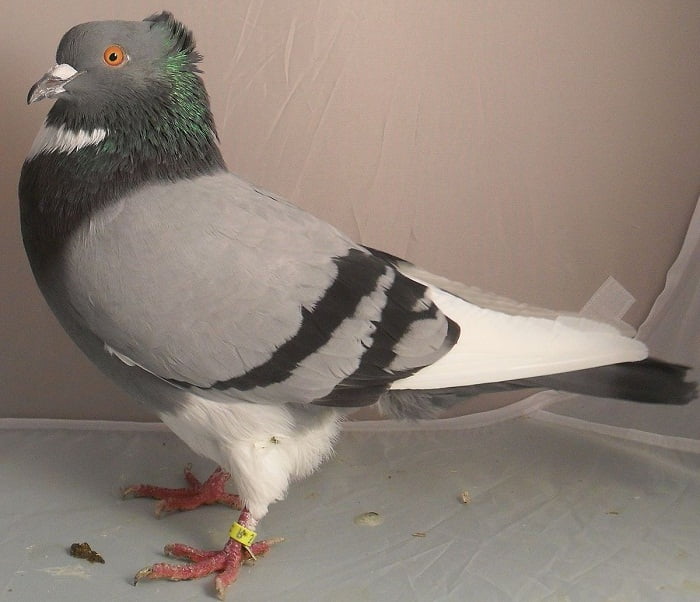
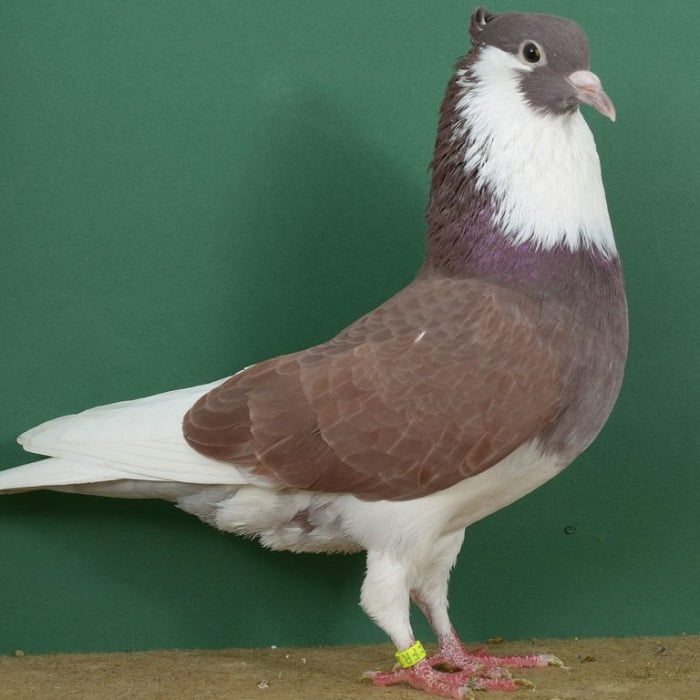

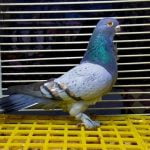
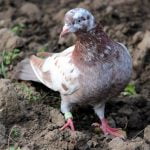

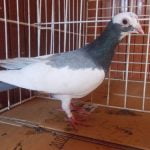


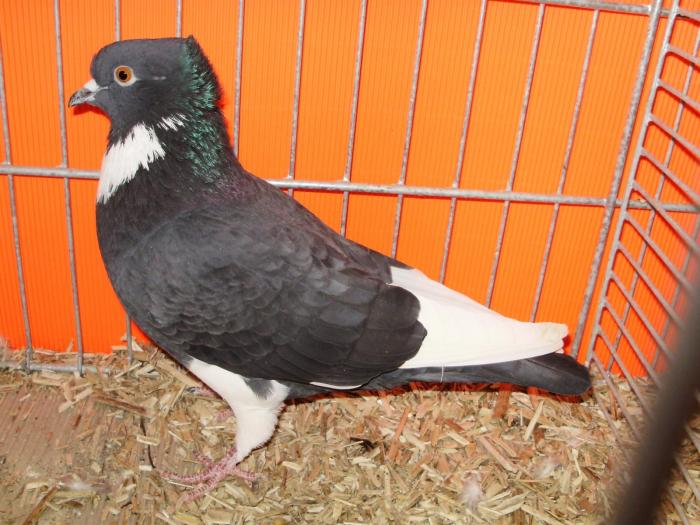

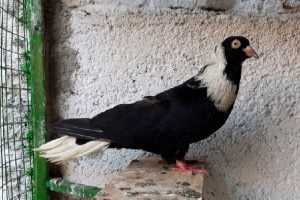
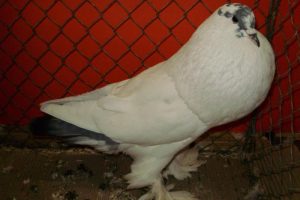

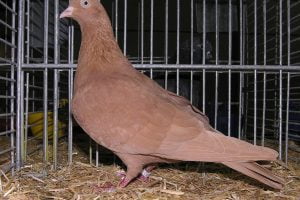
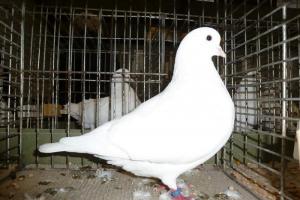
Add Comment